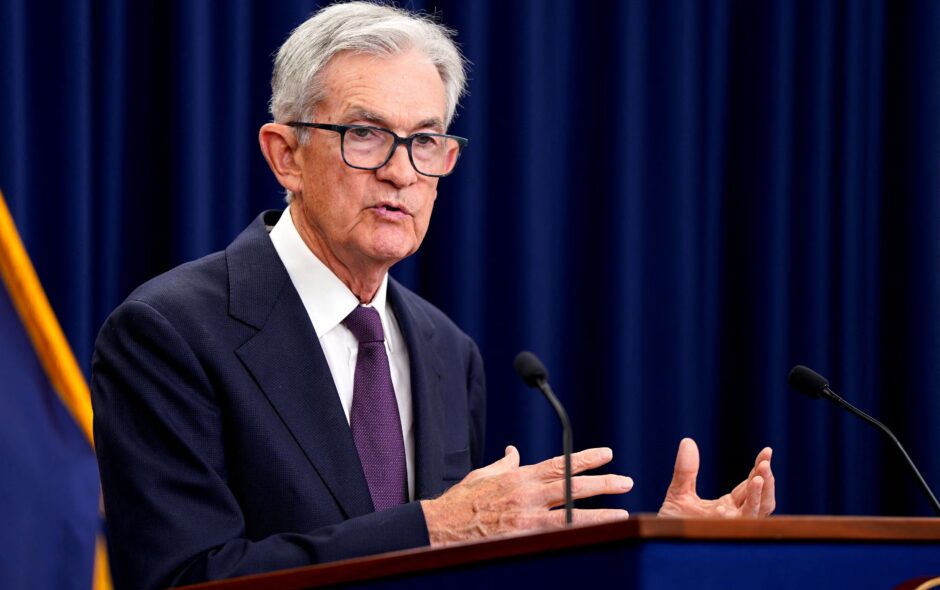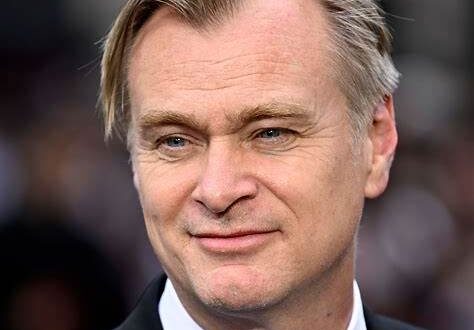Fed Chair Jerome Powell trimmed interest rates by a quarter point and nothing more, a move that underscored the Fed’s insistence on charting its own course despite the Trump administration’s push for steeper cuts. After the two-day meeting concluded, Powell said there wasn’t broad support inside the committee for a half-point move, emphasizing a cautious, data-driven path as the job market softens and inflation remains above target.
The decision—lowering the policy rate by 0.25 percentage points to roughly 4.1 percent—came amid intensifying political noise, including public criticism from President Trump and a high-profile dissent from a new Fed governor who argued for a bigger cut. Even so, projections signal the committee’s baseline is for a series of standard-sized reductions rather than the shock therapy the White House has hinted at wanting.
Powell’s stance reprises an old dynamic: a chair resisting the optics and the substance of bowing to presidential pressure. It echoes 2019, when the Fed made 25-basis-point adjustments while Trump railed for more aggressive easing, branding officials “boneheads” for not slashing toward zero. The message then and now is that the central bank will ease on its timetable, not anyone else’s.




